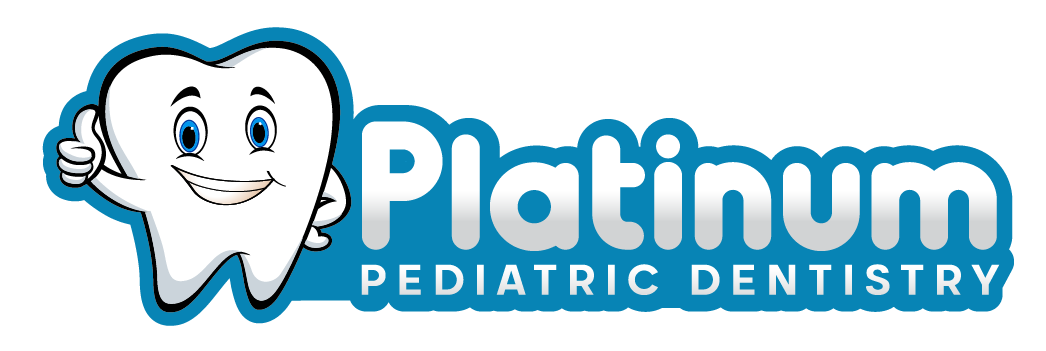Dr. Dan Bamshad, DDS
03/26/2025
 Ensuring a child’s comfort and cooperation during dental treatment is a common concern for many Long Island parents. Some children may feel anxious, fearful, or simply be too young to sit through dental procedures. If your child struggles with cooperation, there are multiple approaches pediatric dentists use to ensure effective treatment while keeping your child at ease.
Ensuring a child’s comfort and cooperation during dental treatment is a common concern for many Long Island parents. Some children may feel anxious, fearful, or simply be too young to sit through dental procedures. If your child struggles with cooperation, there are multiple approaches pediatric dentists use to ensure effective treatment while keeping your child at ease.
Why Some Children Struggle with Dental Treatment
Children may be uncooperative at the dentist for several reasons:
- Fear and Anxiety: A previous negative experience or unfamiliarity with the dental setting can lead to dental anxiety.
- Young Age: Toddlers and young children may lack the ability to sit still for long periods.
- Sensory Sensitivities: Children with sensory issues, including those on the autism spectrum, may struggle with the sounds, lights, or sensations of dental treatment.
- Strong Gag Reflex: Some children have a heightened gag reflex, making treatment uncomfortable.
Treatment Options for Uncooperative Children
1. Behavior Management Techniques
Pediatric dentists are trained to use behavior guidance techniques such as:
- Tell-Show-Do: The dentist explains the procedure, shows the tools, and then proceeds with the treatment.
- Distraction: Using cartoons, music, or conversation to divert the child’s attention.
- Positive Reinforcement: Praising cooperative behavior with stickers or small rewards.
2. Minimally Invasive Pediatric Dentistry
For children who have difficulty tolerating traditional procedures, minimally invasive techniques may be the best solution.
Silver Diamine Fluoride (SDF)
- A liquid applied to cavities to halt decay and prevent further damage.
- Painless, quick, and ideal for young children who cannot tolerate fillings.
Hall Crowns
- A non-invasive approach for treating cavities in baby teeth.
- Stainless steel crowns are placed over decayed teeth without removing decay, sealing it off to prevent progression.
- No need for numbing or drilling, making it ideal for anxious children.
SMART Technique (Silver Modified Atraumatic Restorative Technique)
- Uses SDF to stop decay, followed by a glass ionomer filling to restore function.
- A good alternative for children who cannot sit for traditional fillings.
3. Sedation Dentistry
For children with severe anxiety, extensive treatment needs, or special healthcare requirements, sedation may be recommended.
Nitrous Oxide (Laughing Gas)
- A mild sedative that helps children relax during treatment.
- Safe and wears off quickly.
Oral Conscious Sedation
- A medication given before treatment to help children feel drowsy but still responsive.
4. General Anesthesia for Extensive Treatment
If a child has multiple cavities, severe anxiety, or is too young to cooperate, treatment under general anesthesia may be the best option. This allows all necessary dental work to be completed in a single visit while the child is fully asleep.
Pediatric dentists may refer children for treatment under general anesthesia at a hospital or a specialized dental surgical center. This approach is beneficial for:
- Children with severe decay requiring multiple extractions or crowns.
- Children who have difficulty remaining still for extended procedures.
- Children with special healthcare needs who may not tolerate in-office treatment.
Q&A Summary
Q: What if my child is too anxious for dental treatment?
A: Techniques like nitrous oxide, distraction, and minimally invasive treatments can help. If needed, sedation or general anesthesia may be recommended.
Q: Is it okay to delay treatment if my child is uncooperative?
A: Delaying treatment can lead to worsening dental problems. Minimally invasive options like SDF or Hall Crowns can treat decay with minimal discomfort.
Q: What are Hall Crowns, and how do they work?
A: Hall Crowns are pre-formed stainless steel crowns placed over decayed baby teeth without drilling or numbing, sealing off the cavity and stopping its progression.
Q: When should my child be referred for general anesthesia?
A: If they have multiple cavities, extreme anxiety, or difficulty cooperating due to age or special needs, general anesthesia may be the safest and most effective option.
For more information, visit Platinum Pediatric Dentistry or consult resources from the American Academy of Pediatric Dentistry (AAPD).
